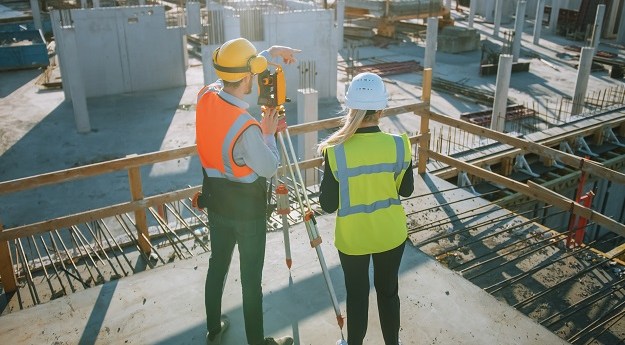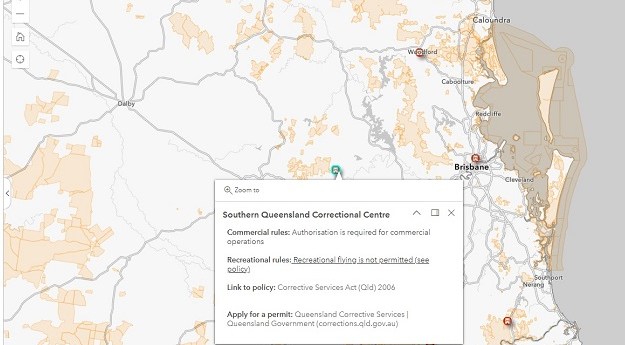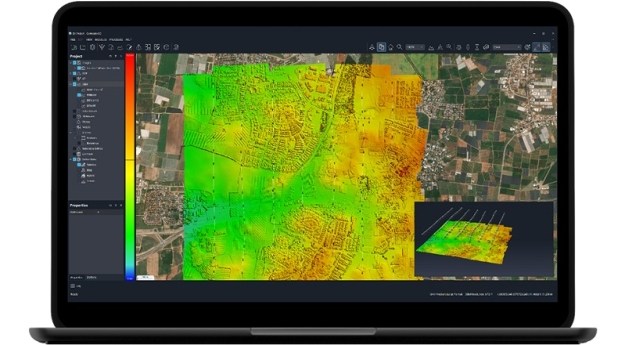
New research based on analysis of 25 years of ESA satellite data reveals an accelerating loss of ice in Greenland.
Using radar alimetry data collected by EnviroSat, the ERS and CryoSat missions between 1992 and 2016, the team found modest elevation changes in the ice for the early 1990s, with clear trend of thinning evident from 2003.
Dr. Louise Sandberg Sørensen, the paper’s lead author, said that the results highlight the climate sensitivity of Greenland’s outlet glaciers, and underscore the need for long term, reliable monitoring of climate variables to improve climate models and inform responsible policy.
 “A pattern of thinning appears to dominate a large fraction of the ice sheet margins at the beginning of the millennium, with individual outlet glaciers exhibiting large thinning rates,” she said.
“A pattern of thinning appears to dominate a large fraction of the ice sheet margins at the beginning of the millennium, with individual outlet glaciers exhibiting large thinning rates,” she said.
“Over the full 25-year period, the general picture shows much larger volume losses are experienced in west, northwest and southeast basins of Greenland compared to the more steady-state situations in the colder far north.”
The paper was published in the Earth and Planetary Science Letters with the team working through the ESA’s Climate Change Initiative.
The report has been published as new data from the Australian-based Global Carbon Project has found that fossil fuel emissions appear set to reach a record high in 2018, with a two percent jump in emissions growth.
The Global Carbon Project’s research found that the bulk of this spike in C02 is from oil and gas use, accounting for declining coal use in industry.
The researchers concluded that the shift to renewables and electric transportation, while accelerating, has not been enough to counteract the rising carbon emissions from growing economies such as India and China.
Australian emissions have also been growing across all sectors, with change needed across industry, transport and housing required to meet 2030 targets and longer term goals.
Stay up to date by getting stories like this delivered to your mailbox.
Sign up to receive our free weekly Spatial Source newsletter.












